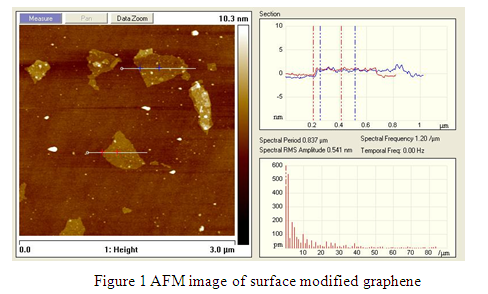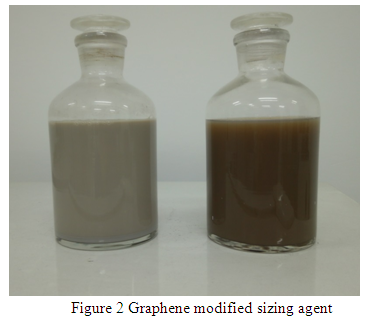The Ningbo institute of materials technology and engineering, CAS (CNITECH) has achieved a significant progress in the key technologies of graphene strengthened and toughened carbon fibre composites.
Carbon fibre composites have been widely applied in aerospace, automobile, marine, energy, construction industry, et al.However, the interface between carbon fibre and resin material shows genetic defects and, therefore, low interfacial strength owing to the relatively high surficial smoothness, inertness and lack of functional group.
Therefore, in terms of mechanical behaviour of composite structures, the fibre-resin interface tends to be a weak region.
Previous studies demonstrate that the interfacial properties of carbon fibre composites could be effectively improved by grafting graphene nanoparticles onto the fibre surface(ACS Applied Materials & Interfaces, 2012,4, 1543). Aiming to achievea mass production of graphene strengthened and toughened carbon fibre,the graphene modified sizing agent was adopted for surface modification to improve the interfacial performance.
The researchers managed to stably disperse graphene in both aqueous solution and sizing agent by graphene surface modification and hierarchical graphene size regulation (Figure 1). Two types of graphene modified sizing agents with fair stability were developed using phase inversion method and self-emulsifying method (Figure2), which effectively improved the interfacial bonding properties.
In micro-level, the experimental results exhibit that the interfacial shear strength (IFSS) reaches to 92.3 MPa (Figure 3). Meantime, the sizing rate is lower than 1.5%, and the saturated water absorption is lower than 2%. In meso-level, the graphene strengthened and toughened carbon fibre reinforced composites with excellent properties were obtained by using graphene strengthened and toughened carbon fibre in optimized processing conditions.
The results showed that the inter-laminar shear strength of the composites reaches to 73.5 MPa, while the modei inter-laminar fracture toughness is increased by 33.3%. Based on these research results, an invention patents (CN 201610296461.7) was applied.


Chun Yan: yanchun@nimte.ac.cn
All Images by ![]()

